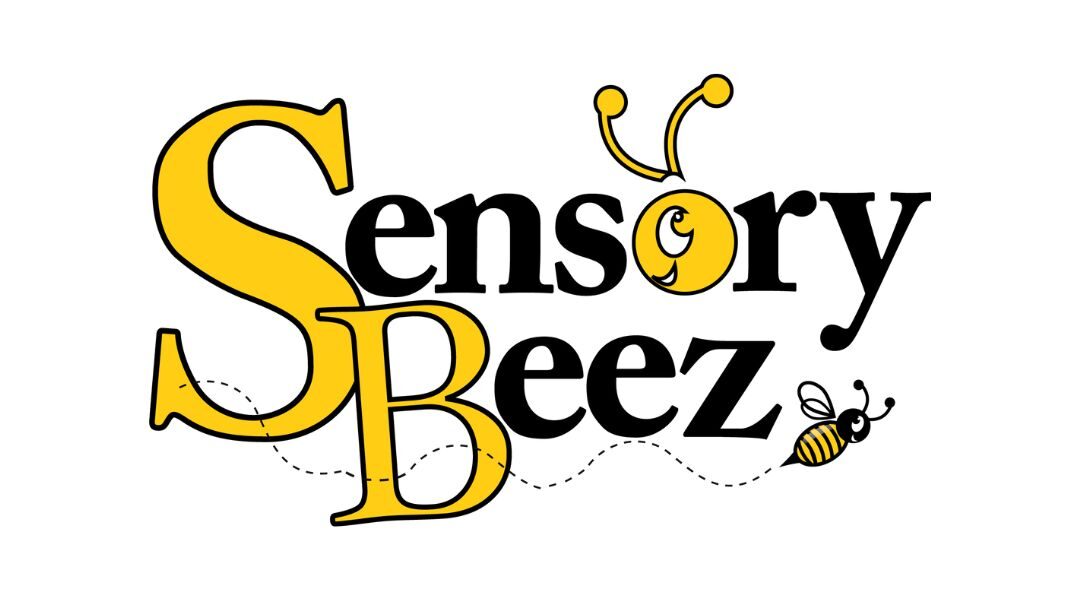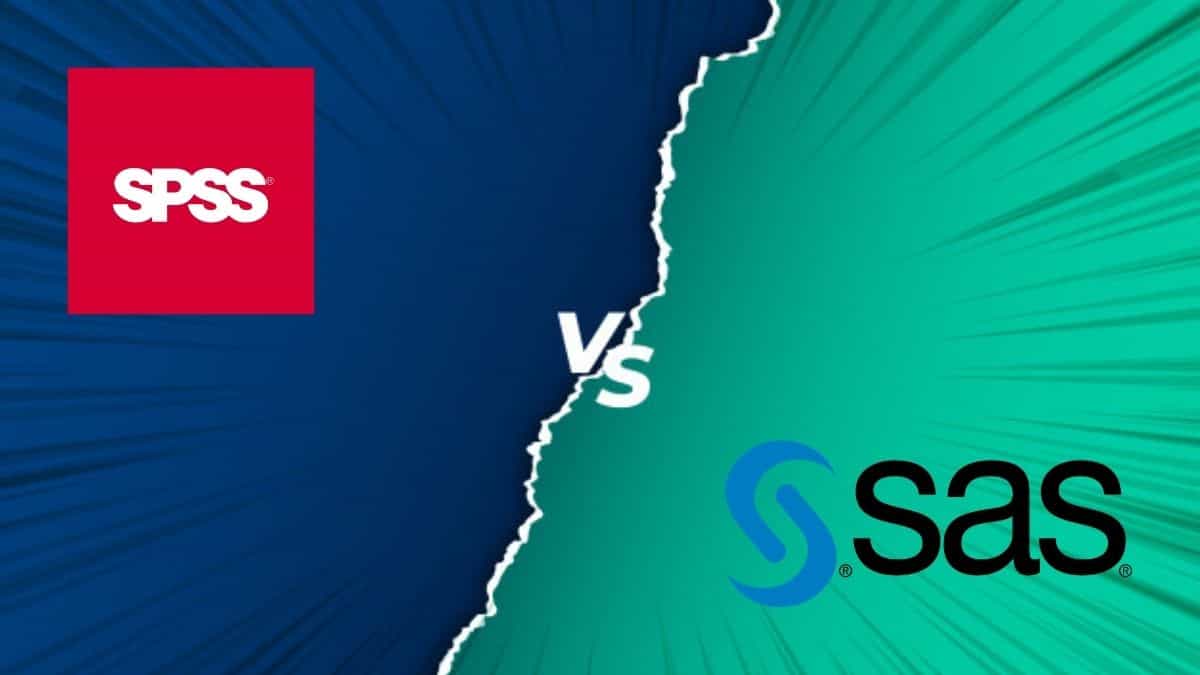Sensory lights for autism have gained significant attention in recent years as an effective tool for supporting individuals with Autism Spectrum Disorder (ASD). ASD is a developmental disorder characterised by challenges with social interaction, communication, and repetitive behaviours. One common aspect of autism is sensory processing differences, where individuals may be hypersensitive or hyposensitive to sensory stimuli. Sensory lights, also known as sensory lighting, are designed to create a calming and stimulating environment that can help individuals with ASD navigate their sensory experiences more comfortably and effectively.
Understanding Sensory Processing in Autism
Sensory processing refers to how the nervous system receives and interprets sensory information from the environment. For individuals with ASD, sensory processing can be atypical. This means that everyday sensory experiences, such as lights, sounds, and textures, can be overwhelming or underwhelming. Sensory processing differences can lead to anxiety, stress, and difficulty concentrating, which can significantly impact daily life.
For instance, a bright, flickering light that might be barely noticeable to a neurotypical person can be distressing to someone with autism, causing discomfort or even pain. Conversely, some individuals with ASD may seek out sensory stimulation, finding it soothing and necessary for their well-being. Sensory lights are tailored to address these diverse sensory needs, providing a controlled sensory environment that can help regulate sensory input.
The Role of Sensory Lights
Sensory lights are used in various settings, including homes, schools, and therapeutic environments, to create an atmosphere that can either calm or stimulate the senses. These lights come in many forms, including soft, dimmable lights, colour-changing lights, and interactive lighting systems. Here’s how they can be beneficial for individuals with ASD:
- Calming Effects: Soft, warm lighting can create a calming environment that helps reduce anxiety and stress. For many individuals with autism, harsh lighting can be a source of agitation. Sensory lights, with their adjustable brightness and colour settings, can be customised to create a soothing atmosphere that promotes relaxation and emotional regulation.
- Improving Focus and Attention: Certain types of sensory lights can help enhance focus and attention. For example, lights that change colours slowly or respond to touch can capture an individual’s interest without overwhelming their senses. This can be particularly useful in educational settings, where maintaining attention is crucial for learning.
- Encouraging Sensory Exploration: Interactive sensory lights can encourage sensory exploration and play. For individuals with ASD who seek sensory input, these lights can provide a safe and engaging way to fulfil their sensory needs. Interactive lighting systems that respond to movement or sound can stimulate curiosity and creativity, making them valuable tools for therapeutic interventions.
- Promoting Better Sleep: Many individuals with ASD experience sleep difficulties, often due to sensory sensitivities. Sensory lights with adjustable settings can be used to create a bedtime routine that promotes better sleep. For instance, gradually dimming the lights can signal the brain that it is time to wind down, helping to establish a consistent sleep pattern.
- Enhancing Communication and Social Interaction: Sensory lights can also be used to facilitate communication and social interaction. In group settings, interactive lighting can be a focal point that encourages individuals to engage with each other. For non-verbal individuals, lights that respond to touch or movement can provide a means of expression and interaction.
Implementing Sensory Lights
When implementing sensory lights, it is essential to consider the individual’s specific sensory preferences and needs. Consultation with occupational therapists or specialists in autism can provide valuable insights into the most effective types of lighting for each person. It is also important to ensure that the lights are used in a way that is safe and appropriate, avoiding overstimulation or under-stimulation.
Summing up, sensory lights for autism offer a versatile and effective way to support individuals with ASD.




